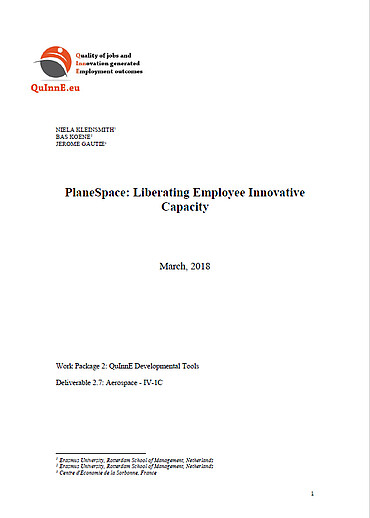Abstract
This case highlights the long-term effects of major technological changes on a manufacturing organisation and on the motivation and innovative potential of its employees. The case describes a 'lean' facility, which emphasises Science and Technology-driven (STI) innovations, as opposed to Doing-Using-Interacting (DUI) innovations. The company has had to adapt to the digitalisation revolution that occurred in the manufacturing sector; employee motivation and DUI innovation have suffered as a result. This manufacturing facility has become a lean technocratic, top-down formalised manner, and must learn how to decentralise problem-solving and some decision-making to become an innovative workplace. This can only be achieved by freeing the innovative capacity of its employees.
Citation Note
Based on field research; 14 pages.
Follow the 'handle' link to access the Case Study on RePub.
For EUR staff members: the Teaching Note is available on request, you can contact us at rsm.nl/cdc/contact/
For external users: follow the link to purchase the Case Study and the Teaching Note.
Objective
1. Understand the differences between 'lean' and 'learning' organisations and the corresponding modes of product and process innovations (STI vs. DUI). 2. Discuss how technological and organizational innovation works hand-in-hand. 3. Highlight and discuss tensions that can occur when undergoing organisational change. 4. Explore how a company, after introducing technological change and a 'lean' environment, can reinvent its organisational structure to reintegrate the principle of a 'learning' and innovative workplace.
